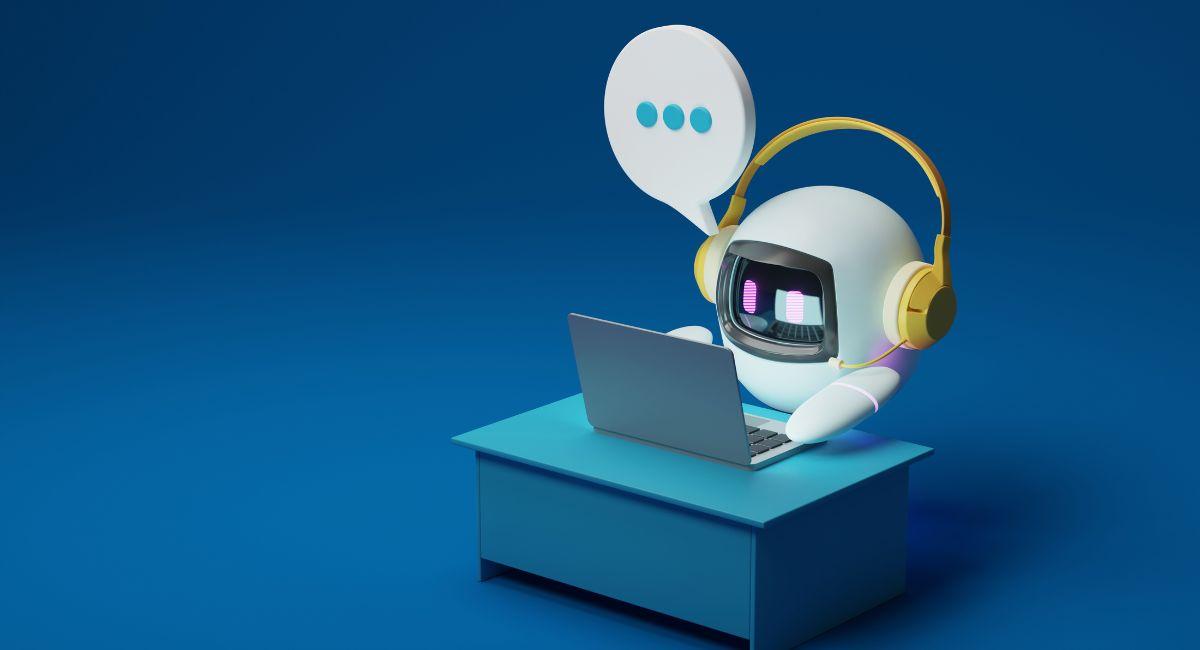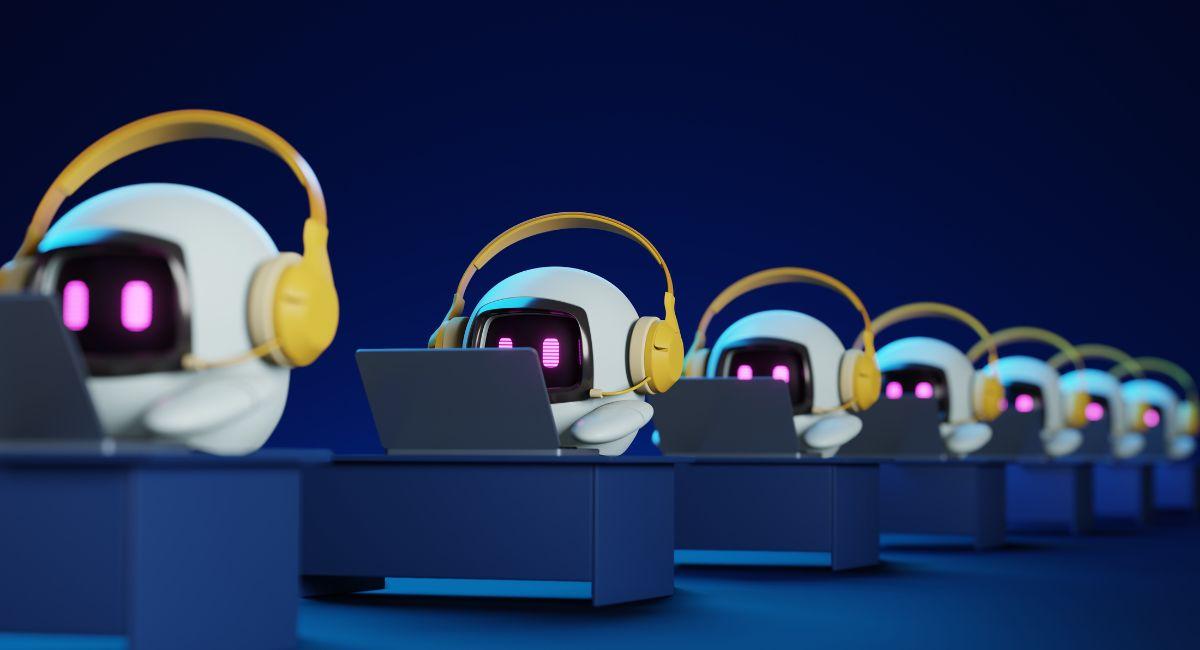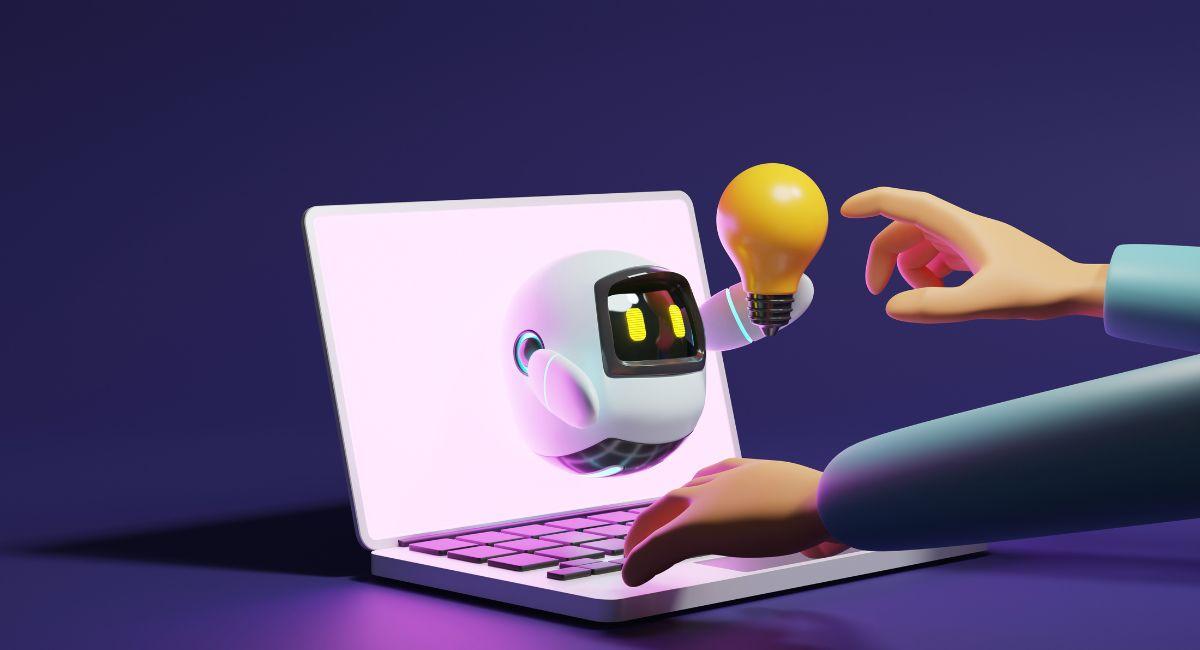Windows 95 vs. Web3: Top 10 Intriguing The Allure of Aesthetics vs. The Power of Utility

The year is 1995. The internet is in its infancy, dial-up connections shriek and wheeze, and information is a treasure guarded by cryptic commands. Then, a revolution arrives in the form of Windows 95. With its sleek interface, colorful icons, and the ever-so-satisfying click of a mouse, Windows 95 ushered in a new era of personal computing. But beyond the visual spectacle, a powerful operating system hummed beneath the surface. Fast forward to today, and we find ourselves at the precipice of another potential revolution: Web3. This new iteration of the internet promises a decentralized utopia, powered by blockchain technology and fueled by digital currencies. However, beneath the buzzwords and fervent speculation lies a complex and often opaque technological foundation.
This article explores the fascinating dichotomy between Windows 95’s graphical revolution and the underlying tech driving Web3. We will delve into the ways aesthetics can democratize technology and how a focus on utility can shape the future of the internet.
Windows 95: A Symphony for the Senses
Prior to Windows 95, computers were intimidating fortresses. MS-DOS, the dominant operating system, demanded users speak its arcane language of commands and cryptic file paths. Windows 95 shattered those walls. Its graphical user interface (GUI) was a sensory feast – a world of colorful icons, intuitive menus, and the now-iconic Start button. Gone were the days of memorizing commands; dragging and dropping files became the new norm. This visual revolution made computers accessible to a wider audience, transforming them from specialist tools into everyday companions.
The impact was undeniable. Computer sales soared, bringing the power of communication, information access, and basic productivity tools to a vast new population. Schools and businesses embraced Windows 95, fostering a more digital world. But the story doesn’t end with the aesthetics. Beneath the polished veneer, Windows 95 boasted a robust operating system that managed hardware, software, and user interactions seamlessly. This hidden complexity ensured a smooth and efficient computing experience, the unsung hero behind the visual magic.
Web3: A Technological Enigma Wrapped in a Buzzword
Web3, the latest tech darling, promises a paradigm shift. It envisions a decentralized internet where users control their data and online experiences, free from the control of tech giants. Cryptocurrencies and decentralized applications (dApps) are hailed as the tools for financial inclusion and empowering users to own a piece of the digital world.
On the surface, Web3 echoes the democratizing spirit of Windows 95. It aspires to empower individuals and dismantle gatekeepers. However, a closer look reveals a world shrouded in complexity. Understanding blockchain technology, navigating cryptocurrency wallets, and interacting with dApps requires a significant technical understanding, potentially creating a new digital divide. Furthermore, the nascent Web3 ecosystem is fraught with scams, security vulnerabilities, and extreme market volatility, posing significant risks for the uninitiated.
Windows 95 vs. Web3: Top 10 Intriguing Contrasts

The evolution of technology is often marked by a shift in focus – from aesthetics to utility, or vice versa. Windows 95 and Web3 represent two such distinct eras, each captivating users in very different ways. Let’s delve into 10 intriguing contrasts between these technological titans:
1. User Interface (UI) Philosophy:
-
Windows 95: Focused on visual appeal. The iconic blue interface, playful sounds, and user-friendly menus aimed to make technology approachable and visually stimulating. The UI prioritized ease of use over raw functionality.
-
Web3: Leans towards functionality. Blockchain technology and dApps (decentralized applications) are often presented with a focus on underlying functionality rather than aesthetics. The priority is on secure and transparent systems, even if the UI might appear less polished.
2. Accessibility:
-
Windows 95: Opened the door to a wider audience. The intuitive UI and standardized platform made computers more accessible to non-technical users.
-
Web3: Currently faces an accessibility hurdle. The technical complexities of crypto wallets, blockchains, and dApps create a barrier for entry for non-technical users.
3. Focus on the Individual:
-
Windows 95: Empowered individual users. The focus was on personal computing, enabling users to work, play, and access information on their own terms.
-
Web3: Promotes community and collaboration. Decentralized networks and DAOs (Decentralized Autonomous Organizations) encourage collective ownership and decision-making.
4. Ownership and Control:
-
Windows 95: Users owned the hardware and software, but not the underlying data. Control resided with software companies and internet service providers (ISPs).
-
Web3: Aims to empower data ownership. Blockchain technology allows users to potentially own and control their data, with the potential for monetization.
5. Permission to Create:
-
Windows 95: Opened doors for content creation. User-friendly software for writing, graphics, and music creation democratized content creation.
-
Web3: Fosters the creator economy. NFTs (Non-Fungible Tokens) and tokenized rewards empower creators to monetize their work directly and connect with audiences more effectively.
6. The Role of Intermediaries:
-
Windows 95: Relied on intermediaries. Software companies and ISPs controlled access to applications and information.
-
Web3: Strives for decentralization. By removing intermediaries, Web3 aims to create a more peer-to-peer internet experience, potentially reducing costs and increasing user control.
7. Security and Privacy Concerns:
-
Windows 95: Early days of internet security. Viruses and malware posed significant threats, and user data was often vulnerable.
-
Web3: Focuses on security and transparency. Blockchain technology offers enhanced security features, but concerns remain about vulnerabilities in smart contracts and decentralized exchanges. User privacy is a work in progress in the Web3 space.
8. The Power of Innovation:
-
Windows 95: Ushered in a wave of software innovation. The user-friendly platform spurred a wave of new applications and software development.
-
Web3: Holds immense potential for innovation. Blockchain technology and dApps have the potential to disrupt various industries and create entirely new applications.
9. The Role of Entertainment:
-
Windows 95: Introduced casual gaming and multimedia experiences. Solitare and Minesweeper became cultural icons, showcasing the entertainment potential of PCs.
-
Web3: Envisions a more immersive future. The metaverse, powered by Web3, holds the potential for revolutionary gaming experiences and interactive entertainment.
10. The Long-Term Vision:
-
Windows 95: Represented a paradigm shift in personal computing. Its legacy lies in democratizing access to technology.
-
Web3: Aims to usher in a new era of the internet. Its long-term vision is to create a more open, secure, and user-centric internet experience.
Windows 95 and Web3 represent two distinct eras in the evolution of technology. While Windows 95 captivated with its user-friendly aesthetics, Web3 empowers users with the potential for greater utility and control. As Web3 matures, it will be fascinating to see how it addresses the challenges of accessibility and user experience, potentially creating a future where aesthetics and utility co-exist to create a truly transformative internet experience.
Also, read – From Desktops to Distributed Ledgers: An Amazing Tale of Two Democratizations – Windows 95 vs. Web3
The Intriguing Intersection: Aesthetics and Utility in a Technological Future

The contrasting allure of aesthetics and the power of utility have always played a fascinating tug-of-war in the evolution of technology. Windows 95 and Web3 stand as testaments to this dynamic, each capturing the imagination in vastly different ways.
Windows 95 ushered in a revolution of personal computing. Its user-friendly interface, playful sounds, and visually stimulating experience made technology approachable for a wider audience. It was a triumph of aesthetics, democratizing access to information and empowering individual users. Yet, Windows 95 ultimately resided within a centralized ecosystem, with control over data and software remaining largely with companies and ISPs.
Web3, on the other hand, prioritizes utility above all else. Blockchain technology and dApps are often presented with a focus on functionality and security, even if the UI might be less polished. This reflects a paradigm shift towards decentralization and user empowerment. Web3 envisions a future where users not only own their data but can potentially monetize it and participate in collaborative decision-making. However, the technical complexity currently poses a barrier to entry for non-technical users, hindering accessibility.
The intriguing aspect lies in the potential for these two forces to converge. As Web3 technology matures, advancements in user-friendly interfaces and robust educational resources can bridge the technical gap. Imagine a future where the power of Web3 is harnessed with intuitive and visually appealing interfaces, similar to how Windows 95 democratized access to computers in the first place. This convergence could unlock the full potential of Web3, fostering a truly user-centric internet experience.
The road ahead for Web3 is paved with both challenges and opportunities. Finding the right balance between security and user experience, fostering innovation while mitigating vulnerabilities, and ensuring accessibility for all users will be crucial for Web3 to reach its full potential.
Ultimately, the story of technology is not just about the latest gadgets or trends, but about the impact it has on our lives. By learning from the strengths and weaknesses of the past, and embracing the potential of both aesthetics and utility, we can shape a future where technology empowers us to connect, create, and thrive in a more meaningful way. Whether Web3 fulfills its ambitious vision or not, its emergence serves as a reminder of the ongoing dialogue between technology’s appeal and purpose. This dialogue will undoubtedly continue to shape the technological landscape in the years to come.
Beyond the Binary: A Spectrum of User Experience in the Future

The contrasting approaches of Windows 95 and Web3 paint a picture of a future where user experience is not a binary choice between aesthetics and utility. Instead, a spectrum emerges, with various technologies potentially occupying different points along this spectrum.
The Allure of Experience Beyond the Screen:
At one end of the spectrum lies the pursuit of ever-more immersive and engaging user experiences. Web3, with its potential for the metaverse and multi-sensory interaction, represents a step towards this future. Imagine a world where virtual reality and augmented reality seamlessly blend the physical and digital, creating experiences that transcend the limitations of the two-dimensional screen. However, achieving this level of immersion requires significant advancements in technology and user interfaces to ensure a seamless and intuitive experience.
The Importance of Frictionless Utility:
On the other end of the spectrum lies the desire for seamless and frictionless utility. As technology becomes more integrated into our daily lives, the focus will be on making interactions as smooth and effortless as possible. Imagine a future where smart contracts automate repetitive tasks, or where interactions with decentralized applications are as intuitive as using a mobile app. Here, user interfaces might prioritize simplicity and functionality over visual extravagance.
Finding the Sweet Spot:
The ideal user experience likely lies somewhere in the middle of this spectrum. Technologies that can effectively blend aesthetics and utility will likely hold the most appeal. Imagine a world where visually captivating interfaces provide access to powerful and secure Web3 functionalities. Striking this balance will require collaboration between designers, developers, and user experience experts.
The Human Touch in a Tech-Driven Future:
Regardless of where technology lands on the aesthetics-utility spectrum, the human element will remain crucial. Human-computer interaction (HCI) design principles will be vital in creating interfaces that are not only user-friendly but also cater to our emotional needs and cognitive processes. Technology should augment human capabilities, not replace them.
The Evolving Role of Personal Computers:
In this future, personal computers might not become obsolete, but their role will likely evolve. They could act as powerful nodes within the Web3 ecosystem, contributing processing power or serving as gateways to immersive experiences. Additionally, for those who prefer a familiar interface, personal computers could still serve as a bridge to the Web3 world, offering access to web browsers and applications designed for traditional computing environments.
A Collaborative Future:
The future of technology interaction will likely be a collaborative effort. By learning from the lessons of the past, embracing the potential of both aesthetics and utility, and fostering collaboration between different stakeholders, we can shape a future where technology empowers us to connect, create, and thrive in a more meaningful way. This future might not be dominated by a single paradigm like Windows 95 or a purely utilitarian Web3, but rather a diverse landscape where different technologies cater to different user preferences, needs, and aspirations. The journey ahead will be fascinating to watch, filled with innovation, challenges, and the ongoing quest to create a truly human-centric future of technology.




























































